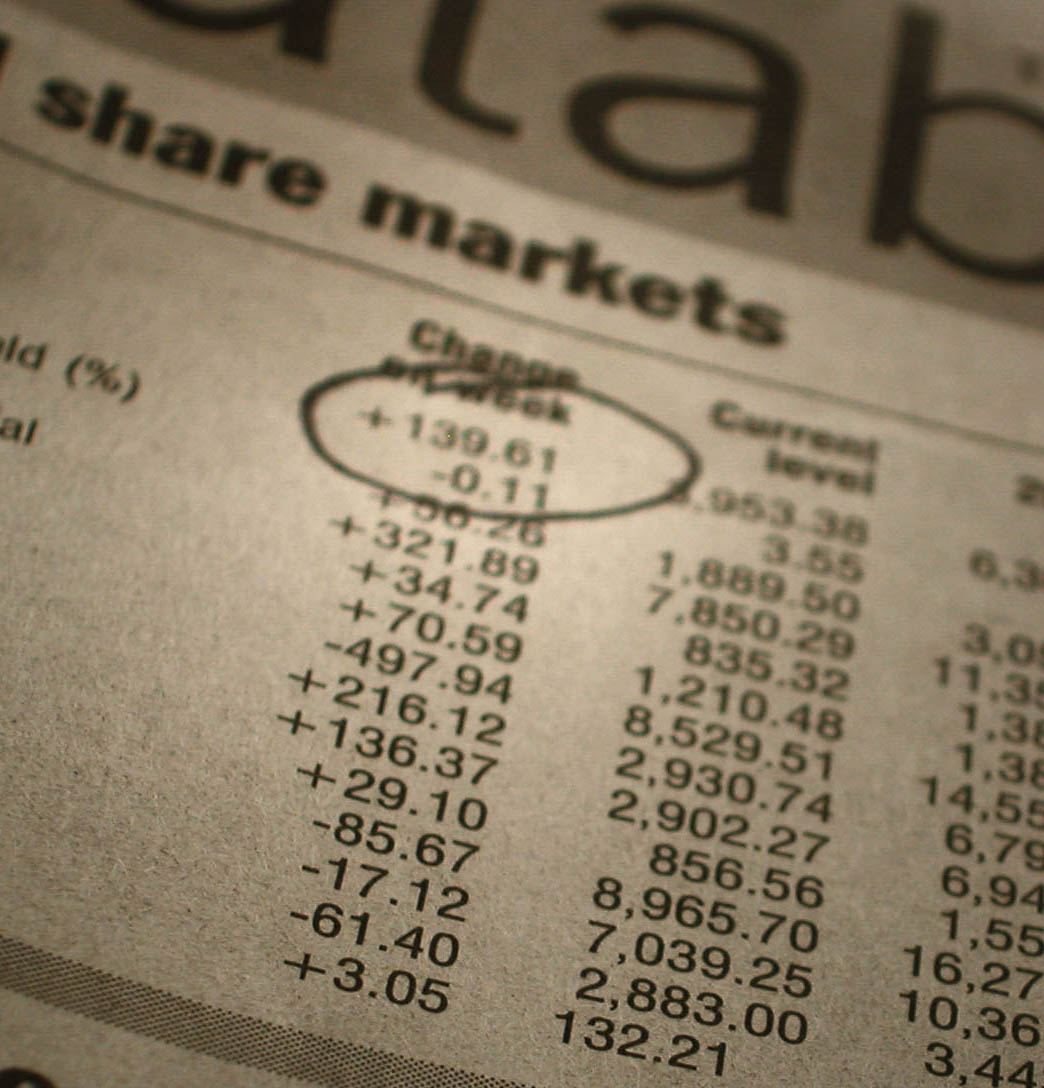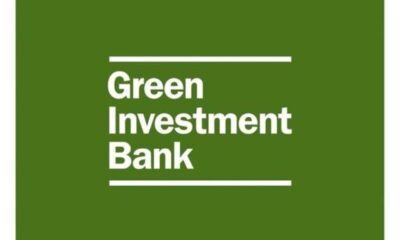

Invest
Active fund management full of ‘terminology, pseudoscience and sales patter’
The majority of actively-managed investment funds are not needed, according to Michael Johnson, pensions expert at the thinktank the Centre for Policy Studies (CPS).
His comments come after the Department for Communities and Local Government (DCLG) issued a consultation paper proposing that all of the Local Government Pension Scheme’s (LGPS) externally actively managed assets, totalling £85 billion, should be moved to passive fund management to reduce costs.
In addition, it proposed that all ‘fund of funds’ arrangements should be replaced with one investment vehicle for alternative assets. Together these changes are expected to save £660m a year.
Actively managed investment funds are run by a professional fund manager or investment research team, who make all the investment decisions. The aim of active funds is to beat the stock market in terms of return. As a result, its holding can change a lot depending on the market. Meanwhile, even if the fund fails to beat the market, fees still apply.
In contrast, passive investment funds track the market, change far less, are essentially run by a computer and will buy shares in a particular area, so the returns generally reflect how the market is doing.
Passive investment strategies have risen in recent years. One of the most significant factors for an investor choosing between active and passive funds is that in general active funds charge higher fees.
Writing in the Financial Times, Johnson said, “[The public] will find that, on average, any additional performance generated by active management (relative to the benchmark indices) is insufficient to overcome the additional costs. It is better to invest passively, tracking the appropriate index.
“Active fund management has finally been revealed for what it is: a web of meaningless terminology, pseudoscience and sales patter.”
He described active management funds as a “negative-sum game” because investors are constantly seeing their returns eroded by charges and fees. Johnson also stated that of the 1,069 actively managed funds in the 12 main Investment Management Association (IMA) sectors, only 46 have consistently produced top-quartile returns.
“Using blind luck, one would expect 17 funds to achieve this, which leaves 29 fund managers out of a universe of 1,069, roughly 2.7%, who could legitimately claim their success was down to skill”, he added.
In response to Johnson’s comments, George Latham, managing partner at London-based sustainable investor WHEB, argued that the problem with benchmarks is that they are mostly backward looking and tend to be dominated by very large corporations.
He said, “The challenge for passive funds is that most will track a benchmark index, which are often characterised by high levels of concentration, can accentuate the creation of market bubble and represent historically large industries rather than future growth themes.
“Where we would agree is that too many ‘active’ funds are managed as closet tracker funds and with very short-term holding periods, and therefore carry the same problems as passive funds only with higher costs from charges and trading.”
Latham explained that in order to combat this issue, WHEB employed a thematic approach with long-term average holding periods, therefore mitigating some of the problems that passive funds face.
Photo: simonok via Freeimages
Further reading:
Impax take resource optimisation investment strategy to US west coast
What leading investment houses say about sustainable investment
Environmental investment stocks outperform industry average over one year






























